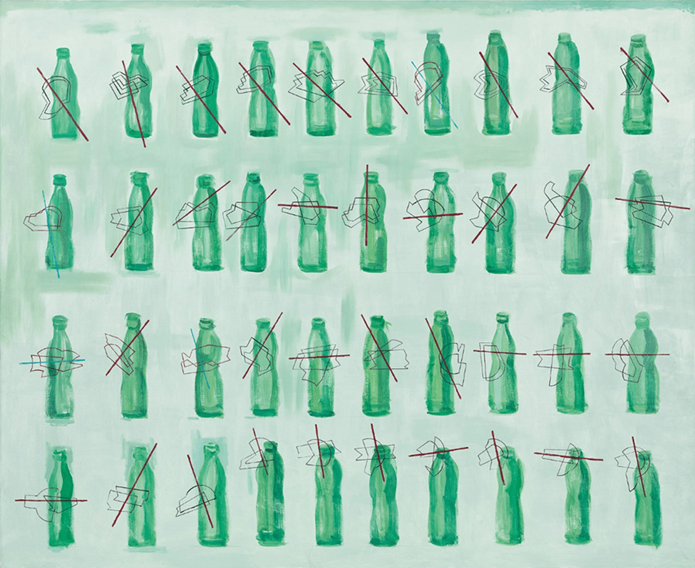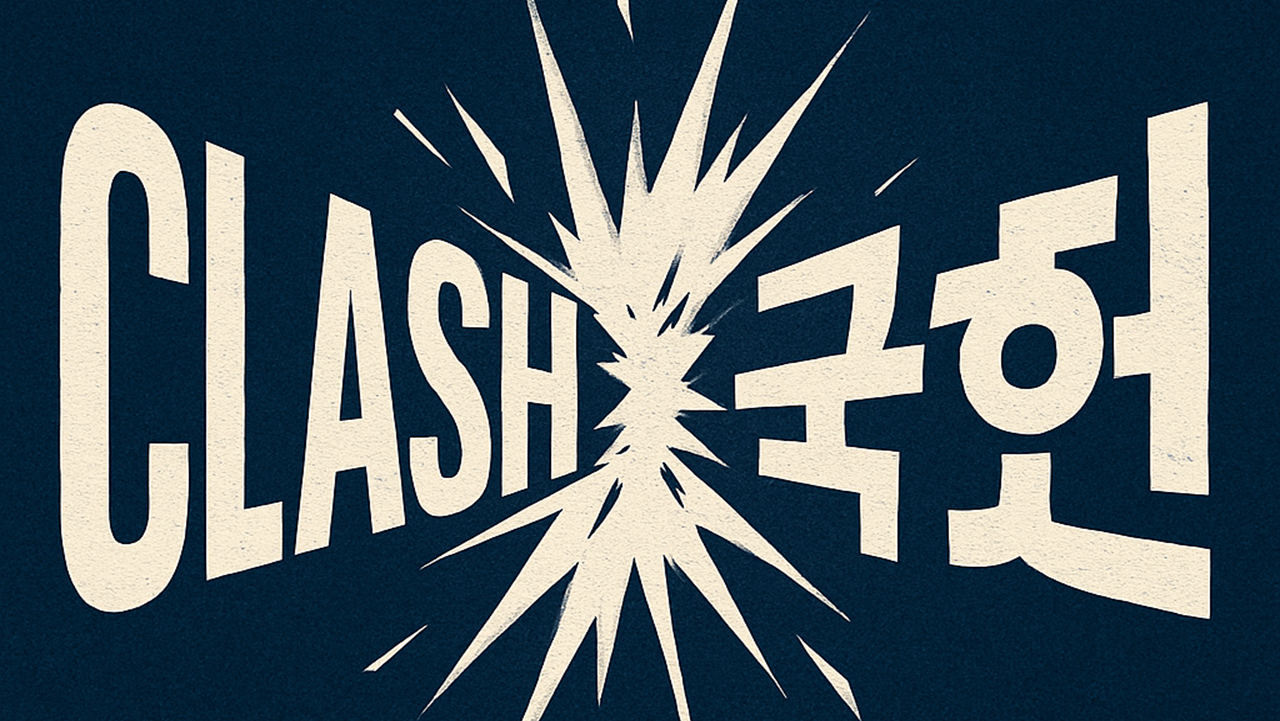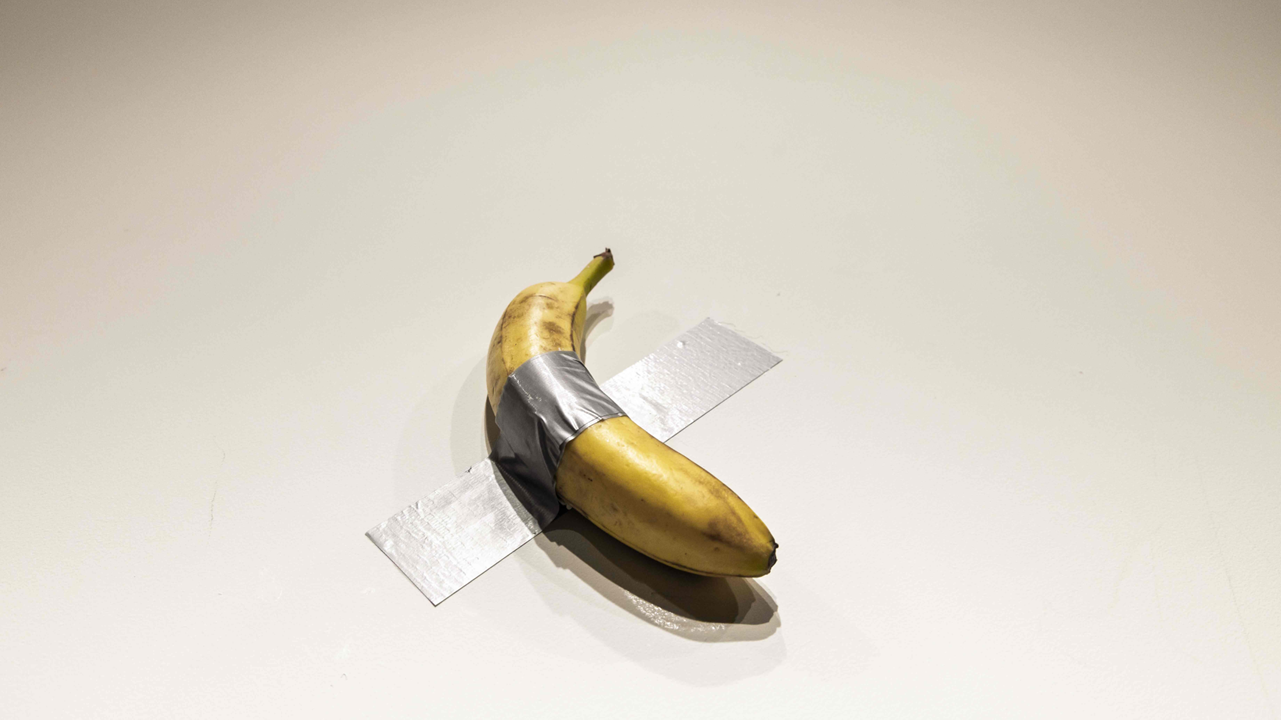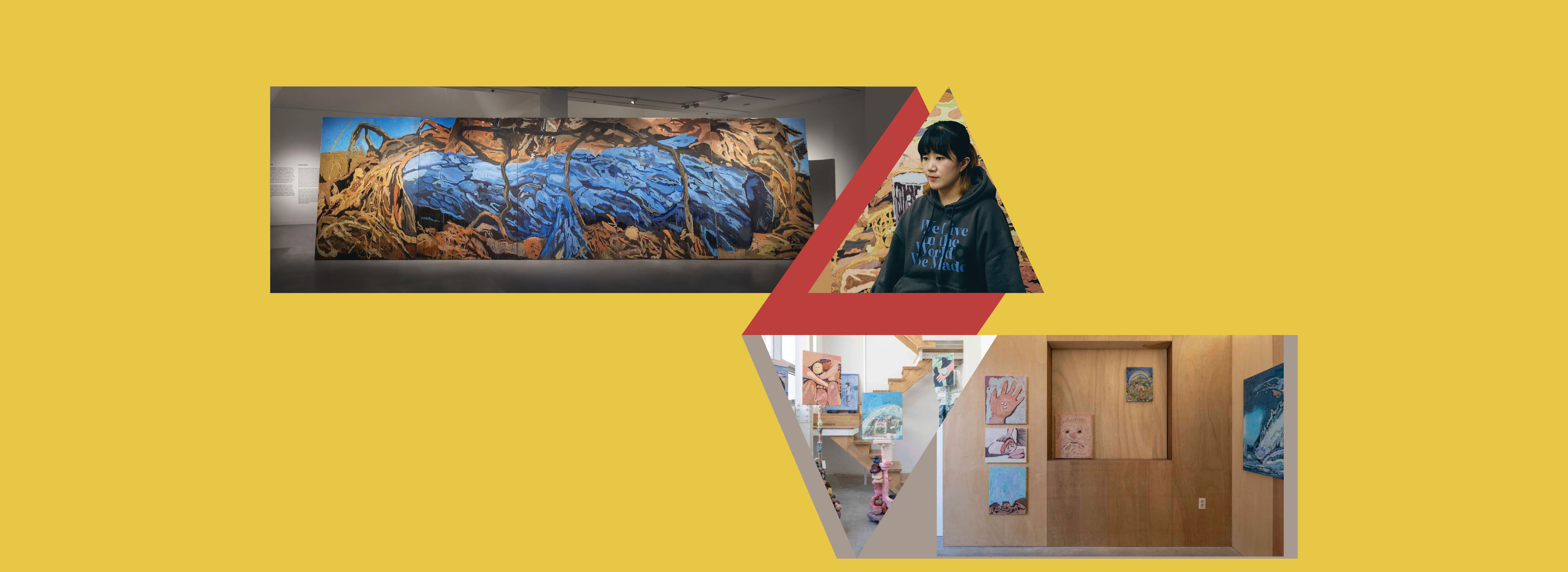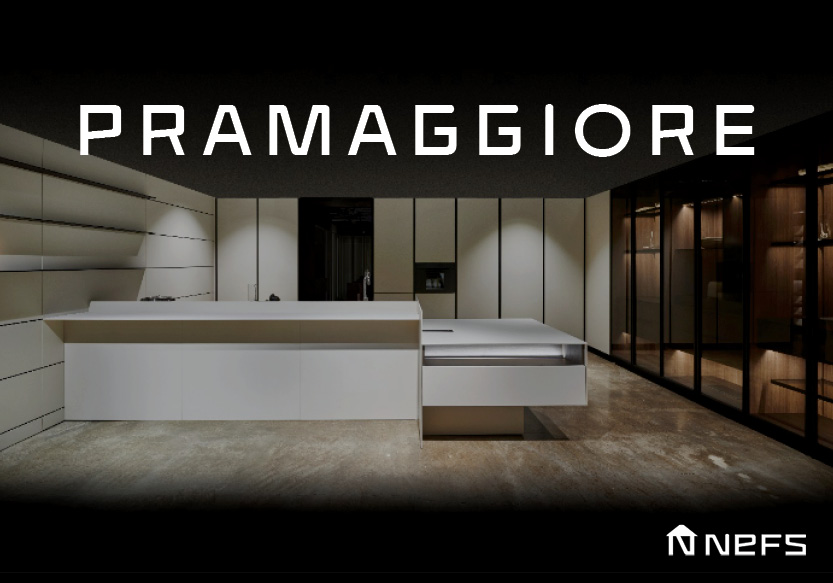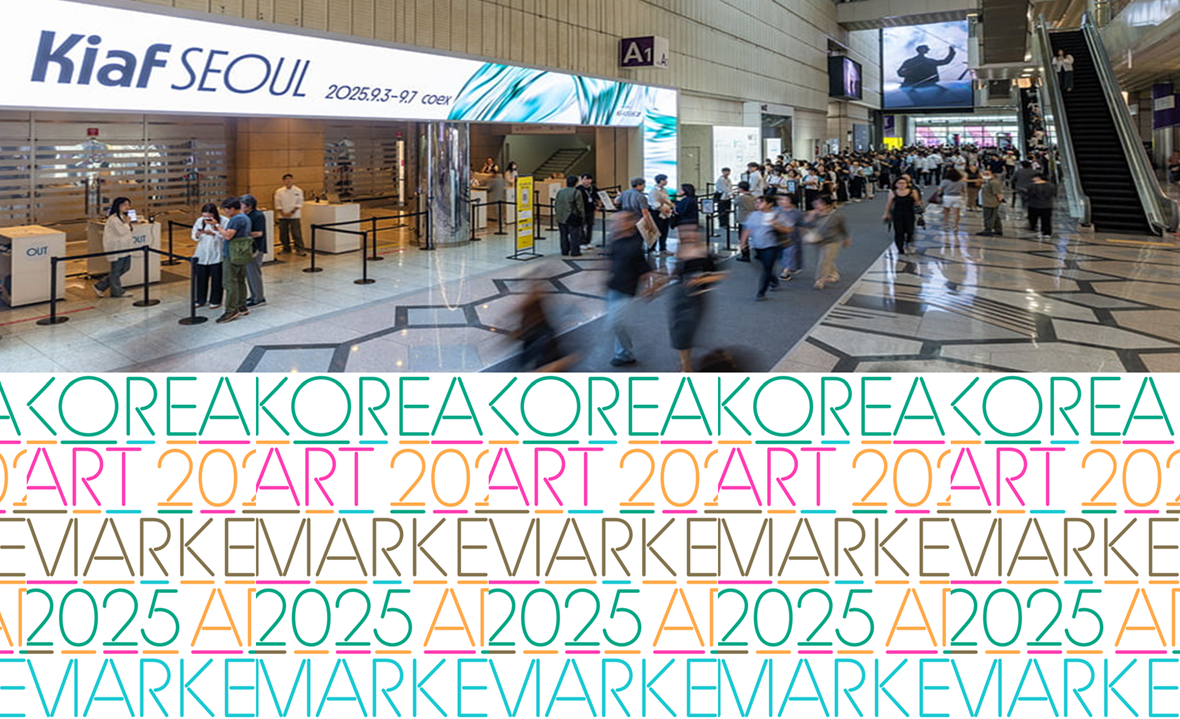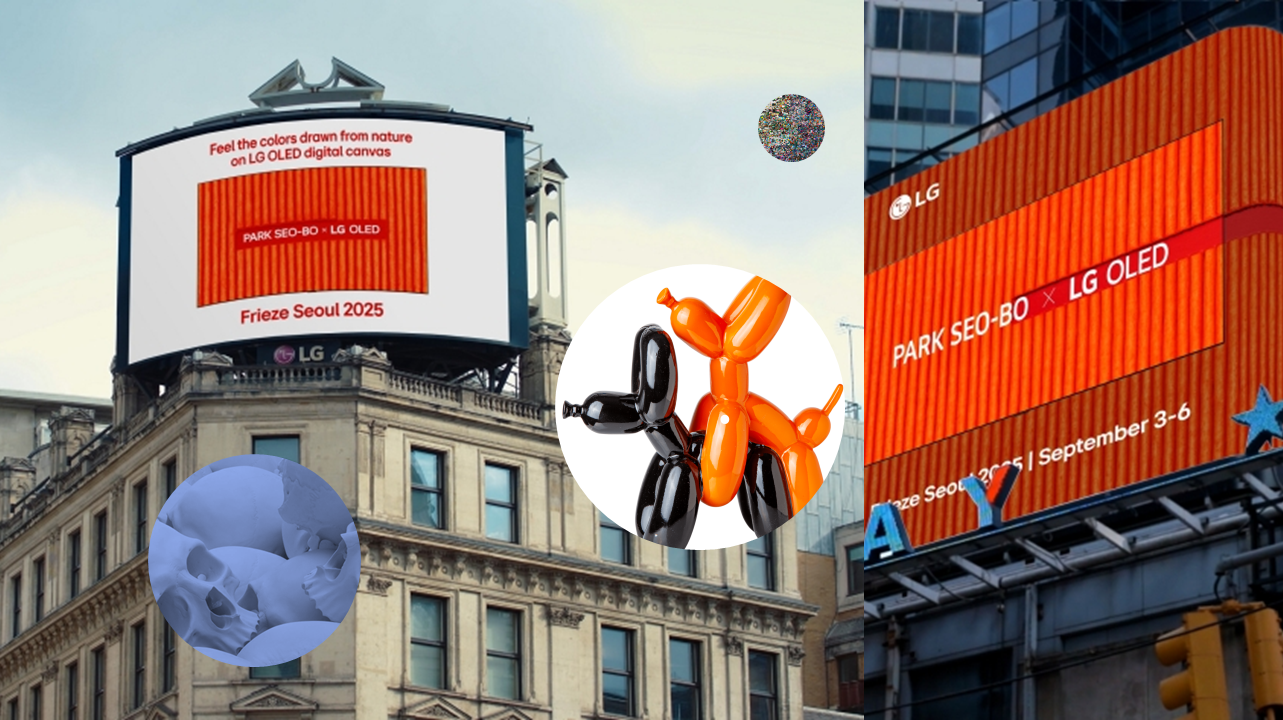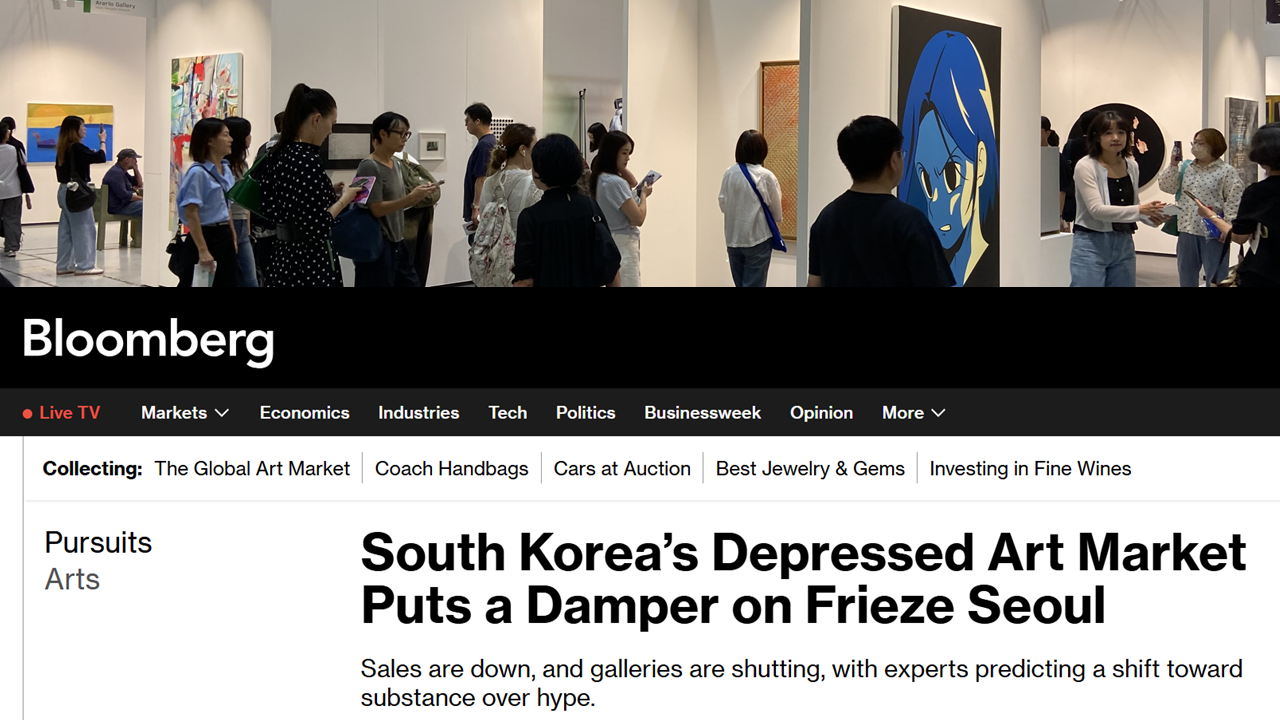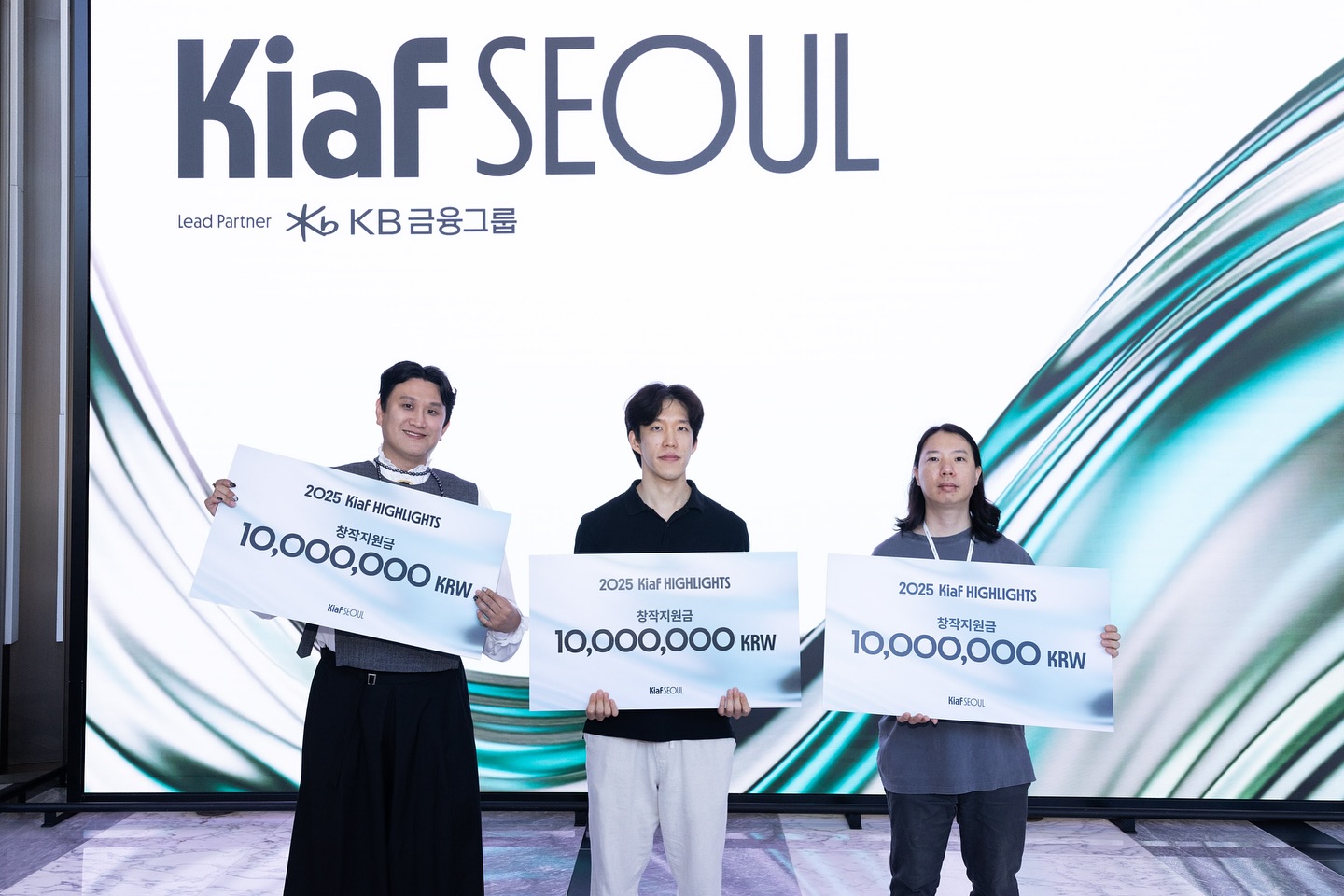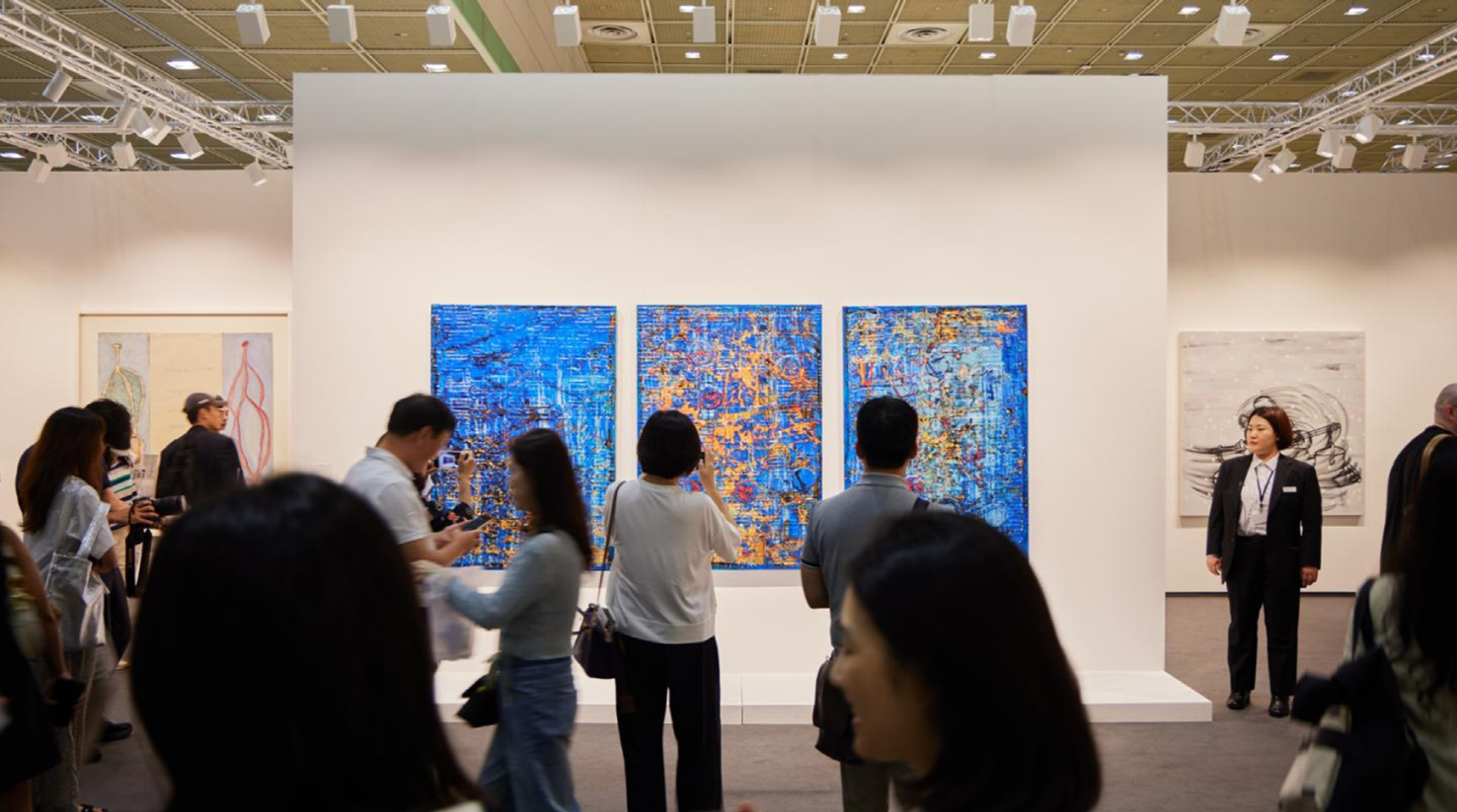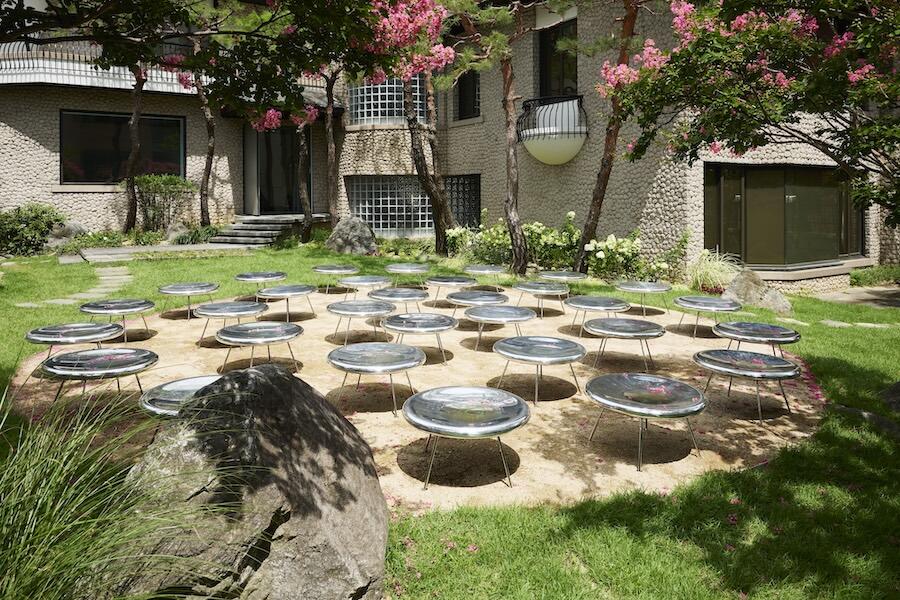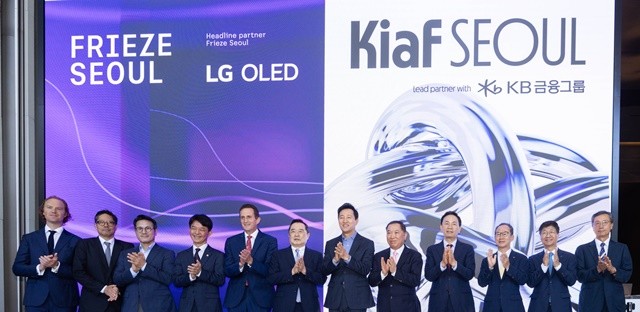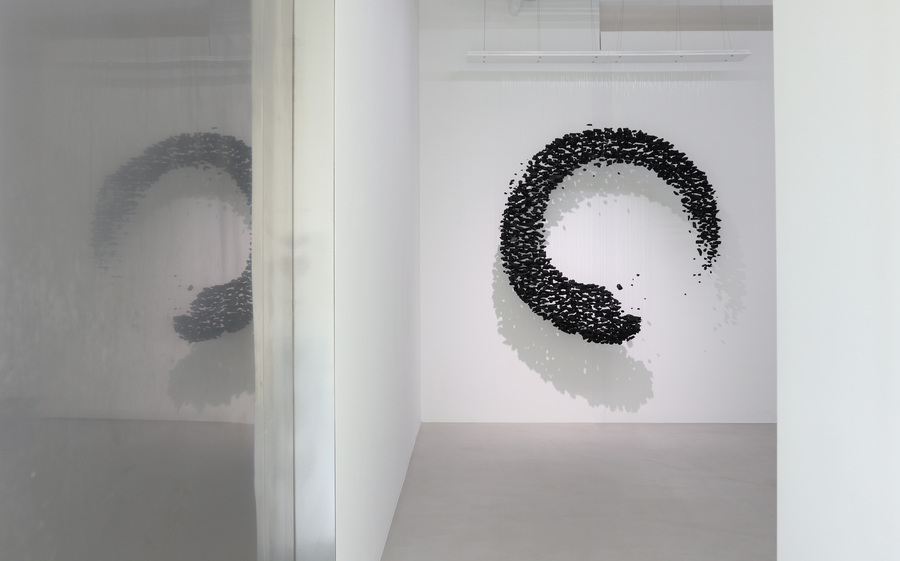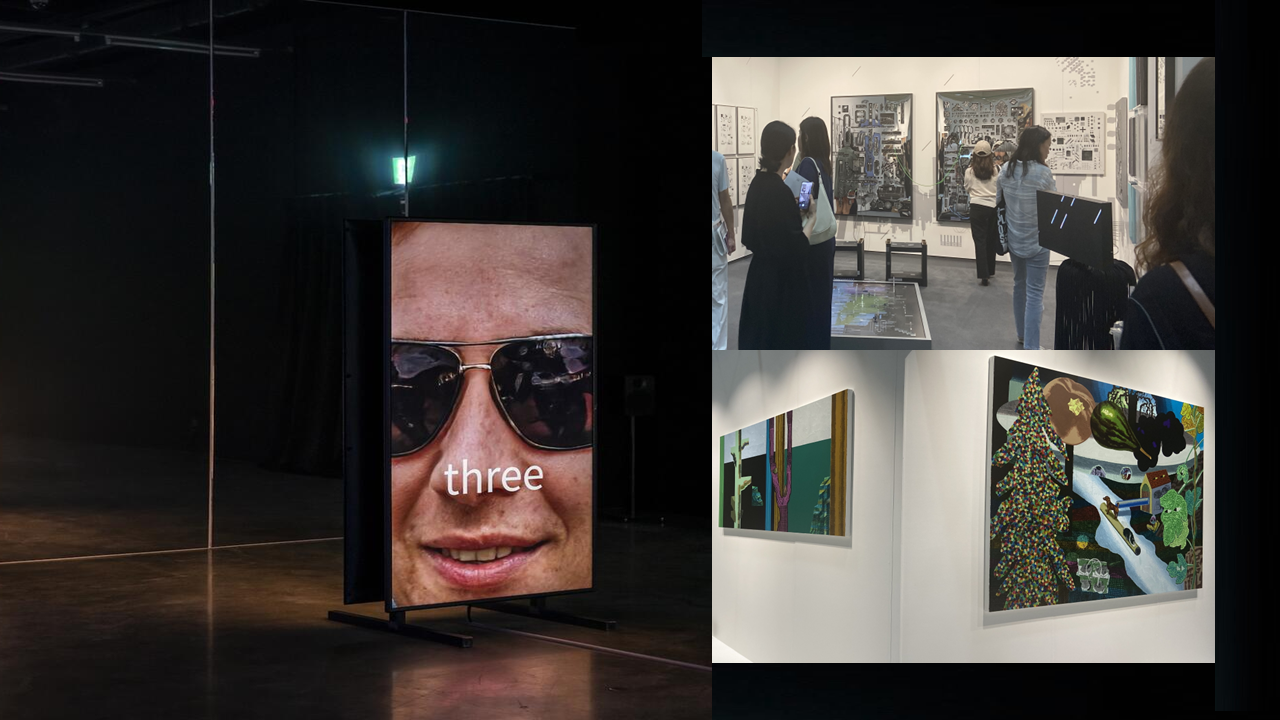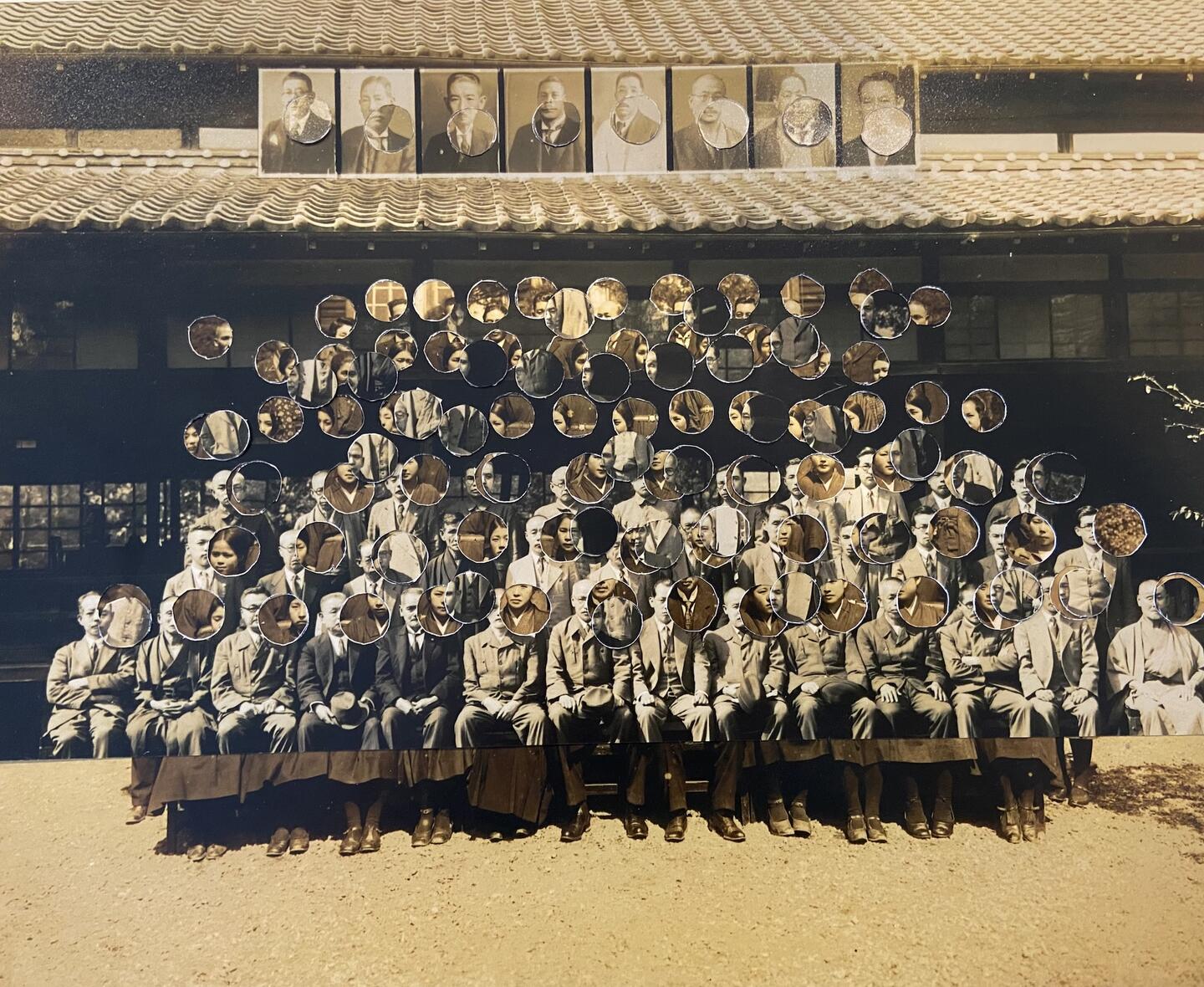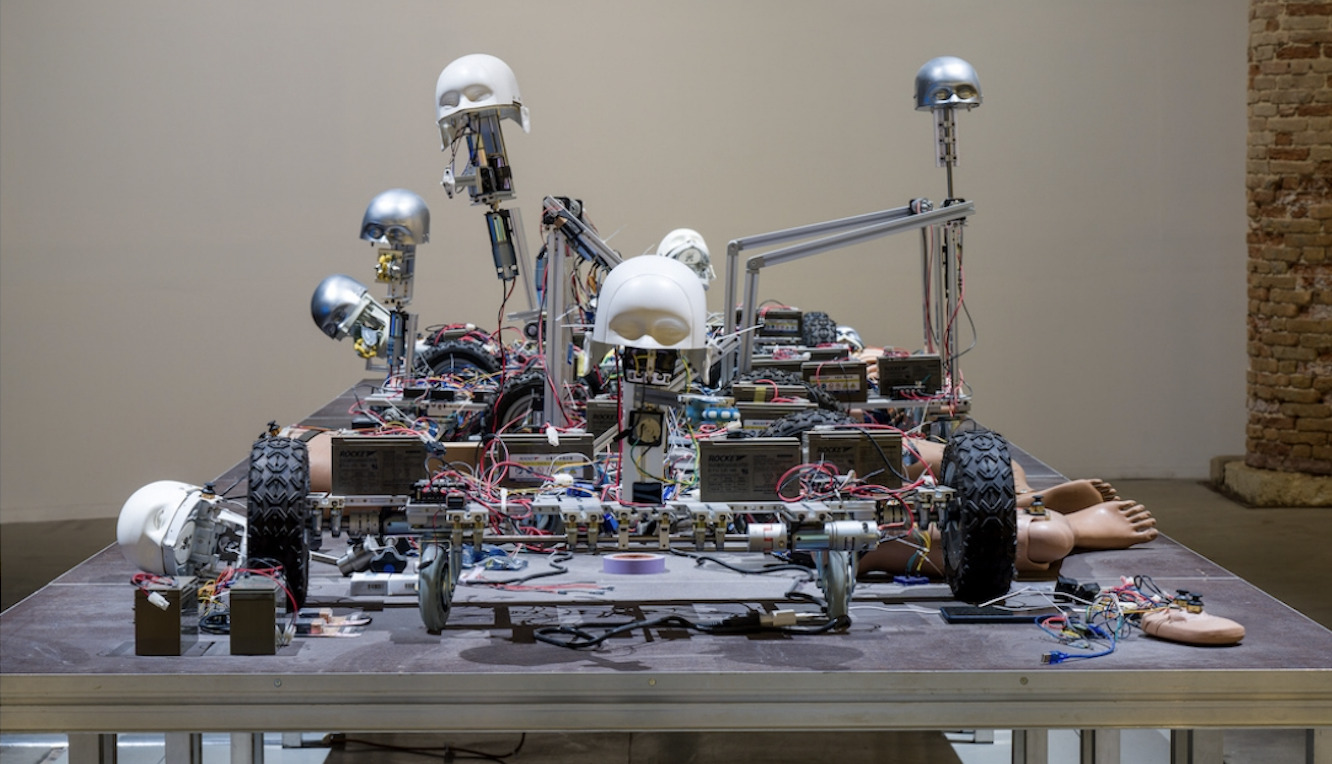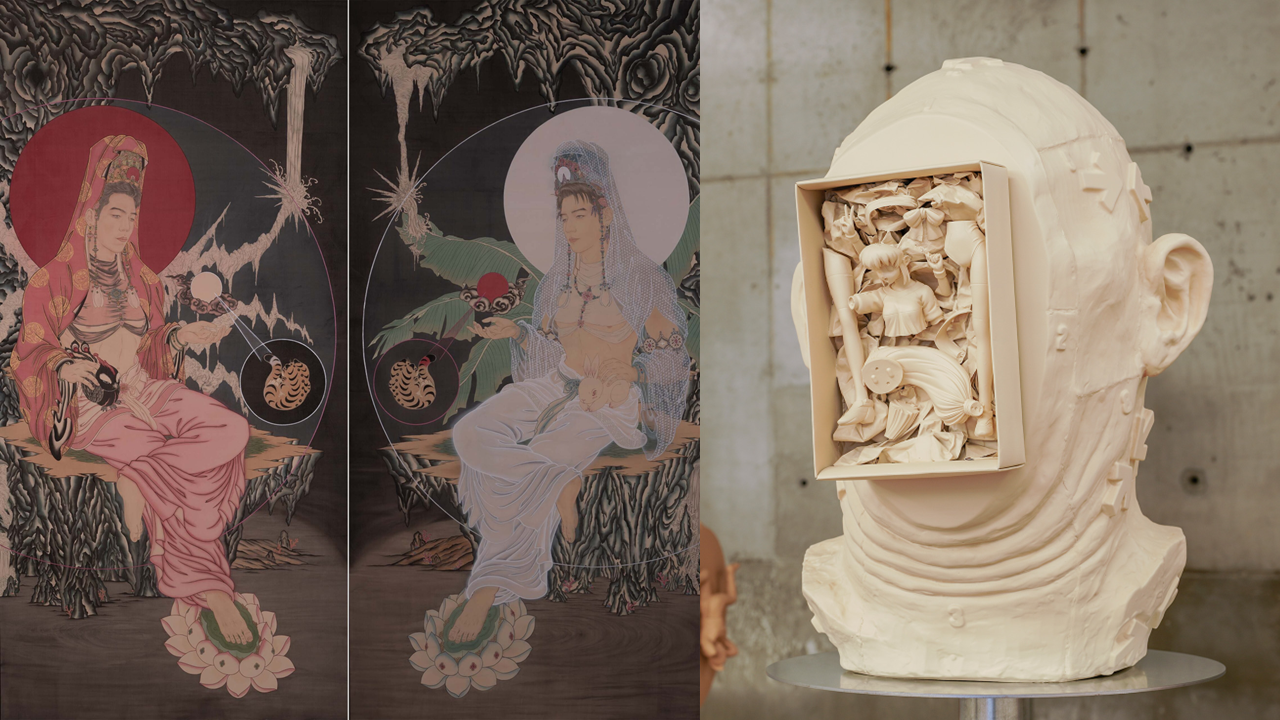The results of
this year’s Kiaf and Frieze Art Fair show that Korea has not yet proven itself
as the hub of the Asian art market. Nevertheless, the tangible sales achieved
by young artists and the steady performance of mid-sized Korean galleries
revealed that the Korean market is no longer merely a site of consumption.
Instead, it is increasingly showing potential to become a market where both
production and distribution operate together.
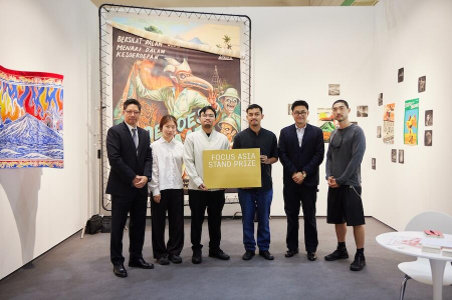
The winner of the 2025 Focus Asia Stand Prize, Kohesi Initiatives. Photo: Wecap Studio. Courtesy of Frieze.
Through an
international-level fair such as Frieze, the Korean art market has expanded its
scope. If the experiences accumulated over four editions of Frieze Seoul can be
actively utilized, it is clear that Korea not only has the potential to become
the center of the Asian art market through systematic market management, but
also the capacity to project itself onto the global stage.
Young artists’
achievements signal new vitality in the market
One of the most
notable changes at Frieze Seoul was the active sales of works by young artists.
Mire Lee sold a work at Sprüth Magers for around 48 million KRW (≈ $36,000), drawing attention on the international stage. Heemin
Chung sold a painting at Thaddaeus Ropac for about 30 million KRW (≈ $22,000), while Suki Seokyeong Kang’s
sculpture sold at Tina Kim Gallery for approximately 20 million KRW (≈ $17,000), raising her profile among overseas collectors.
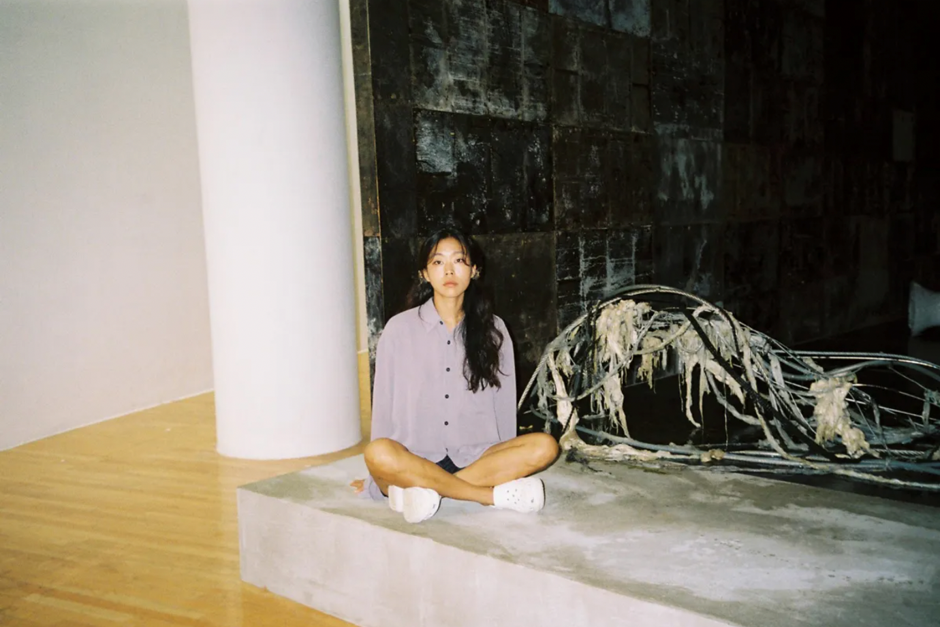
Mire Lee. / Photo: Jihyun Kim
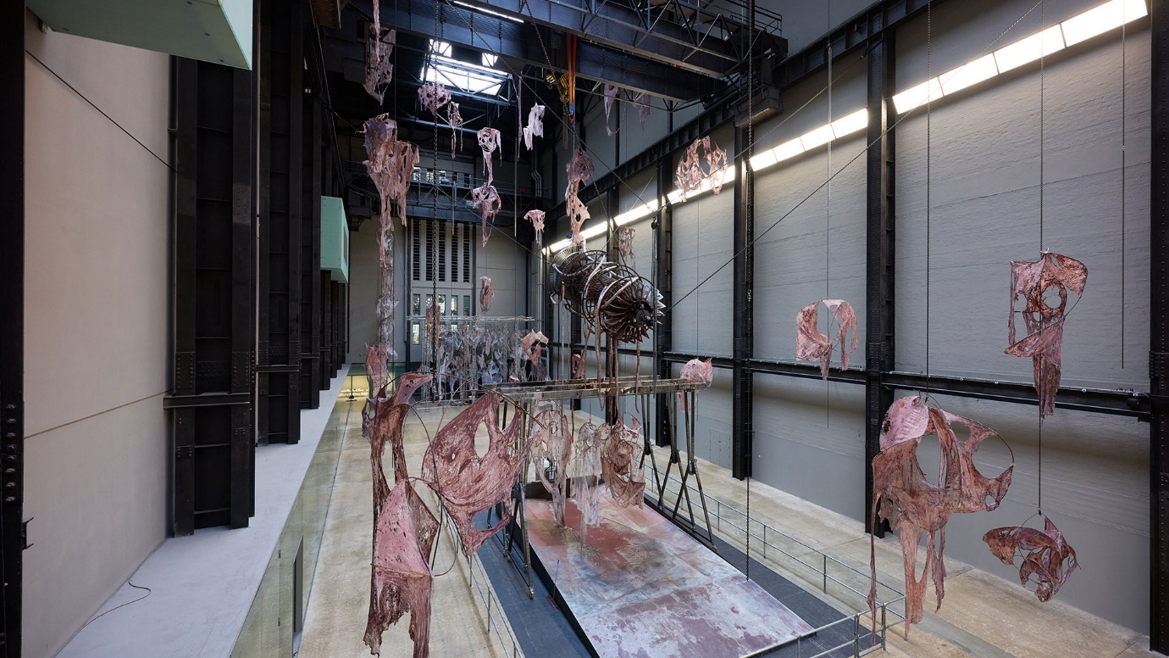
Installation view of 《Hyundai Commission: Mire Lee, Open Wound》(2024) at Tate Modern’s Turbine Hall.
ThisWeekendRoom,
a young gallery, also attracted notice. Jinhee Kim’s paintings sold for between
the high 20 million to low 30 million KRW range (≈ $22,000–$24,000), while Jiwon Choi and
Seoul Kim each sold works in the high 20 million KRW range (≈ $22,000).
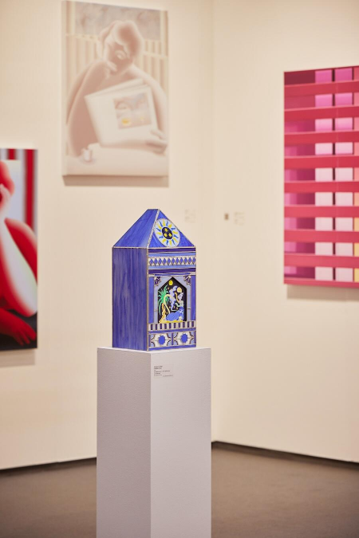
ThisWeekendRoom, Frieze Seoul 2025. Photo: Wecap Studio. Courtesy of Frieze.
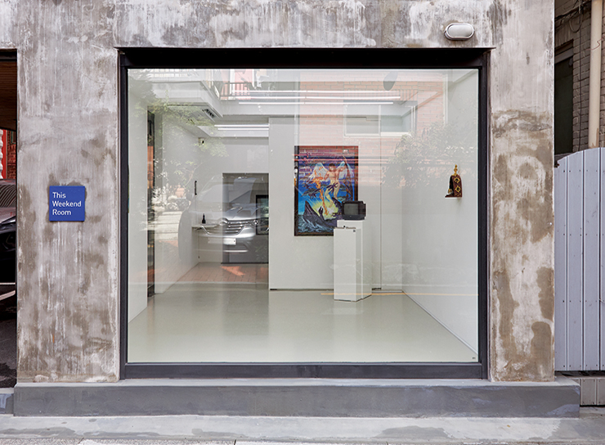
View of the emerging gallery ThisWeekendRoom / Photo: Harper’s Bazaar.

Artist Jiwon Choi in front of her representative work Frozen Moment(2023) / Photo: ThisWeekendRoom.
These
transactions confirmed that demand in the market is not confined to Dansaekhwa
masters or modern artists. Works by younger generations, currently active in
the field, are also meeting substantial demand. Particularly, sales in the
$20,000–$50,000 range play an important role as an
entry point for new collectors.
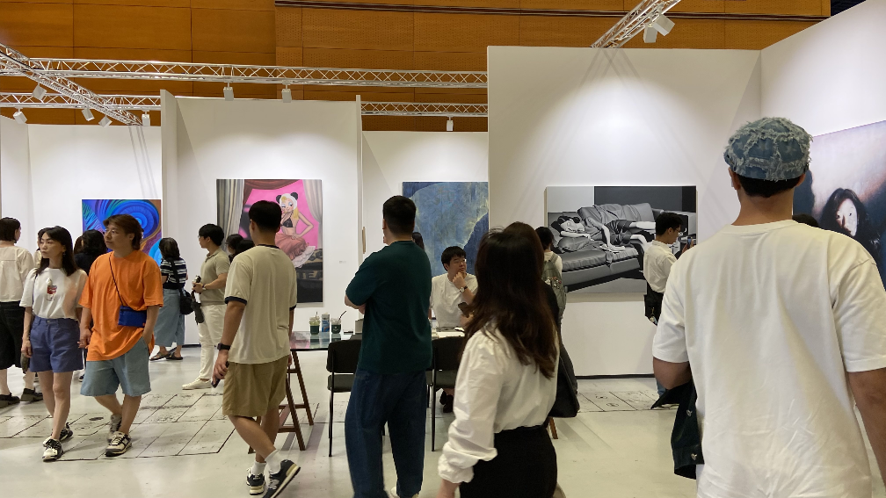
View of Jason Haam Gallery’s booth, actively participating in recent domestic and international art fairs.
The steady
performance of mid-sized galleries demonstrates self-sustaining growth
Mid-sized Korean
galleries also showed solid results. Hakgojae sold a 1960s work by Kim Whanki
for about 2 billion KRW (≈ $1.45 million),
while also selling a painting by Song Hyun-Sook in the 100 million KRW range (≈ $75,000), thereby demonstrating its capacity to span both modern
and contemporary artists. Kukje Gallery sold a painting by Ha Chong-Hyun for
more than 200 million KRW (≈ $145,000), a
work by Kibong Rhee in the 100 million KRW range (≈ $75,000), an embroidery piece by Kyungah Ham in the 50 million KRW
range (≈ $36,000), and a
painting by Kim Yun Shin around 30 million KRW (≈ $22,000).
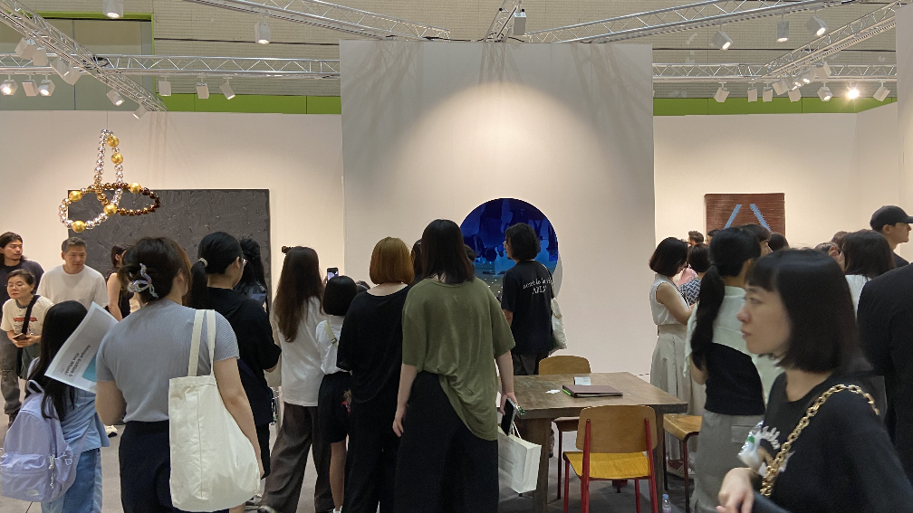
View of Kukje Gallery’s booth at Frieze Seoul 2025.
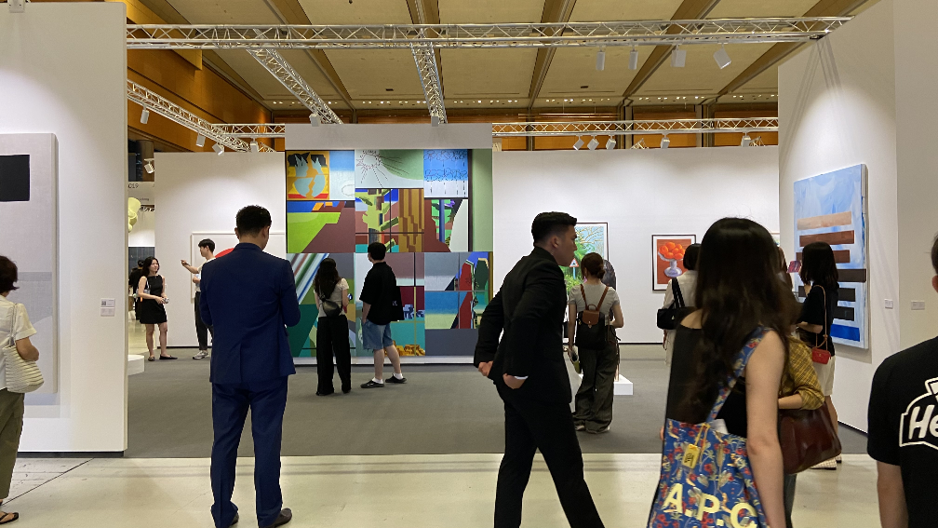
View of Jeon Hyunsun’s work on display at Galerie Lelong’s booth at Frieze Seoul 2025.
Tina Kim Gallery
reported sales including a painting by Ha Chong-Hyun in the high 300 million
KRW range (≈ $275,000) and a
painting by Kang Seokho for around 60 million KRW (≈ $44,000). These results show that Korean mid-sized galleries are
capable of attracting international collectors through their own brands and
rosters of artists, without relying solely on mega-galleries. This provides
important evidence of the self-sustaining growth potential of the Korean art
market.
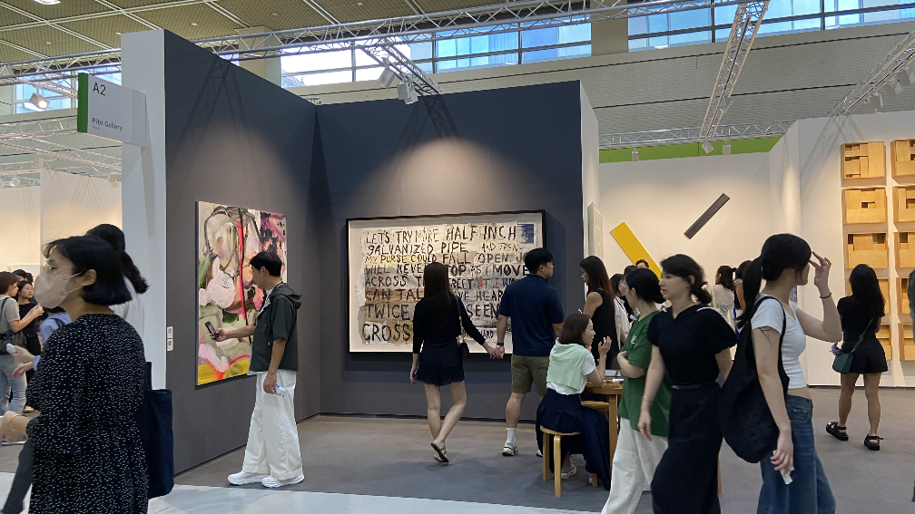
View of Pibi Gallery’s booth featuring major mid-career Korean artists.
The limits of
a repetitive blue-chip strategy
Nonetheless, the
market’s limitations remain. Many galleries have for years repeated exhibitions
centered on the same blue-chip artists, focusing on stable sales. While such
strategies may be effective in generating short-term revenue, they restrict the
inflow of new collectors and hinder market expansion.
The reason young
galleries have gained attention in recent years lies precisely here. They
discovered new artists and introduced works that reflected a contemporary
sensibility. The active transactions at young galleries’ booths at Frieze Seoul
reaffirmed that new names and new attempts are the most crucial factors in
driving market growth.
Structural
changes required for market specialization and systematization
For the Korean
art market to grow further, it needs to go beyond mere expansion and pursue specialization
and systematization.
First, the
criteria for selecting galleries at art fairs must be strengthened. Beyond
simple sales records, curatorial capacity to discover young artists and present
contemporary relevance should be reflected as a key requirement. This would
make portfolios that balance “half stability and half experimentation”
possible.
Second,
transparency in transaction data is essential. Once again, Kiaf and Frieze did
not release full sales results, with only selected highlights shared through
press channels. Going forward, sales data from international art fairs such as
Frieze Seoul should be standardized and archived, to be used for market
analysis and policy development. The current closed and opaque structure
undermines trust in the market and discourages the participation of
international collectors and institutions.
Third, the
collector base must be broadened. Mechanisms should be in place to facilitate
first purchases, particularly for works priced in the $20,000–$50,000 range.
Entry-level education and tour programs, artwork storage and insurance guides,
and tax incentive information could be provided. Such measures would help build
not just one-time buyers but sustainable collector communities.
Fourth,
supportive policies and systems must follow. Tax benefits for art donations,
inheritance tax relief, and public art leasing systems would stimulate the
circulation of high-value works. Practical measures such as easing overseas
export and import procedures and supporting international shipping are also
needed.
Finally, stronger
links with the secondary market are important. For price formation to stabilize
and artist career management to be effective, the auction market and the
primary market (galleries, fairs) must be organically connected.
Strategic
tasks for entry into the global market
For the Korean
art market to be recognized globally, it must move beyond merely “exporting”
works and function as a producer of international discourse. This
requires joint exhibitions and co-production projects with overseas
institutions. Galleries and institutions should actively collaborate with
global networks to integrate Korean artists into international debates.
In addition,
partnerships with global corporations and collaborations with international
foundations can demonstrate that Korean art is not just a consumer product but
a creative partner. The collaborative exhibitions and projects staged
alongside Frieze Seoul highlighted this potential. Moving forward, these
efforts must become institutionalized rather than remain one-off events.
Conclusion:
New attempts will decide the future of the Korean art market
Frieze Seoul
showcased both the current state of the Korean art market and its challenges.
Young artists’ sales confirmed the vitality of the market, while the steady
performance of mid-sized galleries proved the possibility of self-sustaining
growth. At the same time, the repetitive blue-chip focus exposed clear
limitations, underlining the urgent need for market systematization and
specialization.
What is required
now is transparent data, the discovery of new artists, expansion of the
collector base, and policy support. Above all, it is crucial to create a
structure in which new attempts are rewarded. Only then will the Korean art
market go beyond a merely expanded stage and establish itself as a credible
hub of production and distribution in the global contemporary art scene.



